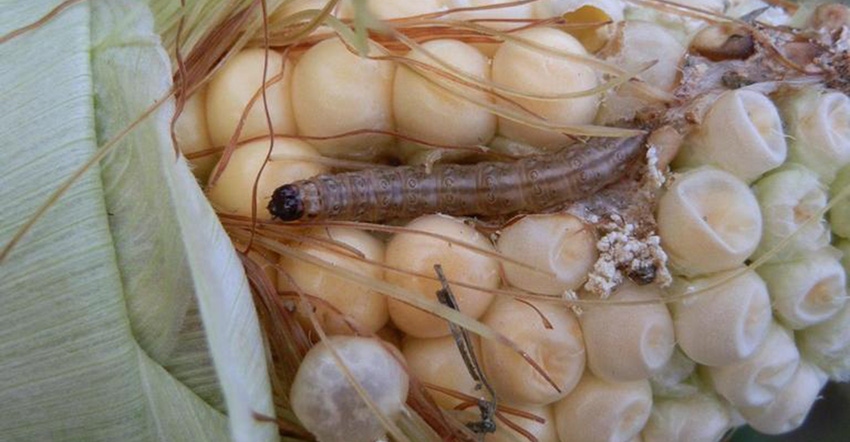December 12, 2017

The corn industry is announcing the expansion of the Take Action program to help farmers fight insect resistance and preserve the long-term effectiveness of Bt technology.
“If we lose the tools we have, there’s a financial risk of facing insects we can no longer control,” says Don Duvall, farmer from Carmi, Illinois, and chairman of the National Corn Growers Association (NCGA) Freedom to Operate action team. “Now is the time to take action before insects become resistant to Bt technology like weeds have become resistant to herbicides.”
Through the Take Action program, farmers will have access to the latest tools and information to manage insects and prevent resistance development.
Take Action is an industry-wide partnership founded by the soy checkoff that advocates a diverse approach to weed, disease and now insect management to avoid resistance. NCGA and the Agricultural Biotechnology Stewardship Technical Committee (ABSTC), a consortium of Bt corn registrants, are part of the Take Action program that helps farmers develop insect resistance management plans and refuge strategies for their farms.
“If we are going to stay ahead of insect resistance, we can’t cut corners,” says Duvall. “Take Action provides information to help farmers meet refuge requirements and preserve this technology for the future.”
Take Action advocates three steps farmers can use today to help preserve current insect protection technologies and avoid resistance:
Plant the required refuge based on geography and corn product. For corn-growing areas, refuge requirements are 5% or 20%. For cotton-growing areas, refuge requirements are 20% or 50%. Farmers should refer to their corn product’s Insect Resistance Management (IRM) guide for specific refuge details.
Use multiple IRM strategies such as crop rotation, using pyramided traits, rotating Bt traits, and rotating and using multiple modes of action for insecticide seed treatments, soil-applied insecticides and foliar-applied insecticides.
Scout fields in-season to determine the efficacy of control measures in place and to identify whether further action is necessary for effective control.
Farmers interested in learning more about Take Action and insect resistance management can visit http://www.iwilltakeaction.com/.
Source: National Corn Growers Association
You May Also Like




